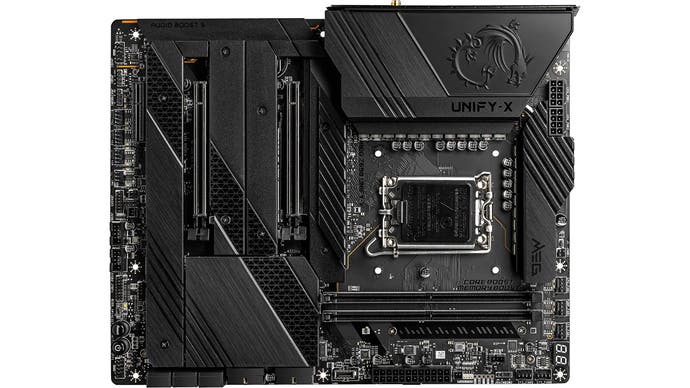DDR5 vs DDR4: Which RAM is best for gaming and content creation?
The Digital Foundry verdict.
So with our testing complete for now, what are our recommendations going foward? For the moment, the fundamental calculus has not changed from our 12900K and 12600K review: DDR4 is by far the better value option, and is generally good enough when it comes to gaming and content creation workloads. There are some titles where DDR4's lower latency even allows it to perform better than DDR5, although overwhelmingly the higher frequency of DDR5 more than makes up for its significantly looser timings.
This makes DDR5 the better choice overall when it comes to raw performance, although for most people the DDR5 premium could almost certainly go towards a faster processor, better graphics card or even faster storage instead to reap more noticeable rewards. However, if you're already speccing out a system with a 12900K and RTX 3090, what's another hundred quid or so for DDR5 in the grand scheme of things?
The long term argument is where it gets more interesting. With the recent dip in DDR5 prices, as the initial surge in demand and subsequent price premiums subsided, DDR5 is already a more compelling proposition than it was a few months ago. It is indisputable that these early DDR5 kits are not terrific value for money, with frequency and timings that will fall behind newer alternatives as the technology matures, but these higher-spec kits go some way towards demonstrating what the platform is capable of.

Let's conclude with a short word about the XPG Lancer 6000MT/s and MSI MEG Z690 Unify-X motherboard we used for these results. We only spent a short time investigating overclocks towards the end of our testing, so achieving a solid 10 percent frequency boost was unexpected and speaks to the high quality of both components. Higher frequencies and tighter timings seem certain to be achieveable with a little extra effort, and perhaps this is an angle we ought to explore in future.
In the here and now, DDR5 remains a fascinating technology, even if it's not one that we recommend to value-oriented consumers. With AMD set to add DDR5 to their AM5 socket motherboards later this year, there's still plenty to investigate and we look forward to revisiting this topic down the road.
DDR5 vs DDR4: Which Z690 motherboard makes sense?








